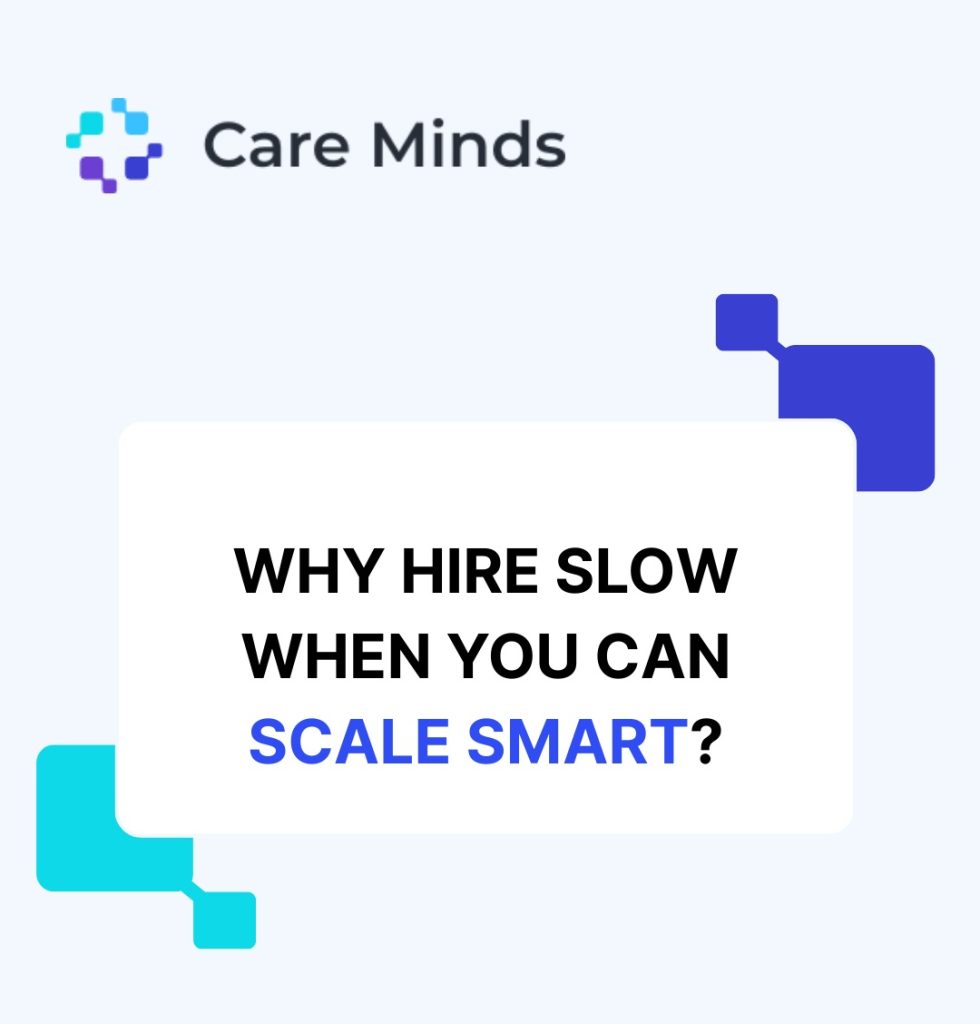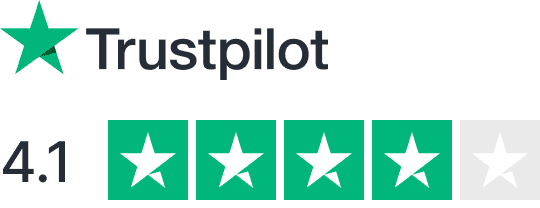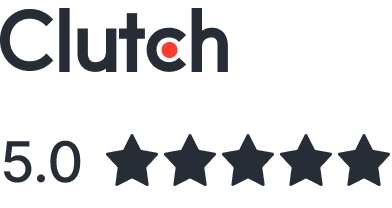When building a team, should you hire full-time employees or bring in temporary experts? Here’s a quick breakdown:
- Staff Augmentation: Ideal for short-term projects or specialized skills. It’s flexible, faster to implement (1-2 weeks), and cost-effective for temporary needs.
- Traditional Hiring: Best for long-term roles and building stable teams. It ensures knowledge retention, team alignment, and full management control but involves higher costs and longer timelines (45-60 days).
Quick Comparison
| Feature | Staff Augmentation | Traditional Hiring |
|---|---|---|
| Cost | Lower, project-based | Higher, long-term |
| Time to Hire | 1-2 weeks | 45-60 days |
| Skill Access | Immediate, specialized | Developed over time |
| Flexibility | High | Low |
| Team Integration | Project-focused | Strong cultural fit |
| Oversight | Limited | Full |
Choose staff augmentation for quick, specialized needs. Opt for traditional hiring to build a stable, long-term team. Many businesses combine both for flexibility and stability.
Staff Augmentation vs Hiring a Full-Time Employee
Staff Augmentation Basics
Staff augmentation is a workforce strategy that helps organizations fill short-term skill gaps, particularly in tech-driven projects. It allows teams to scale up or down depending on specific project demands.
Main Components
Three critical elements form the backbone of effective staff augmentation:
Talent Matching Process: This involves identifying professionals with the right skills for a project. It typically includes technical assessments, interviews, and an evaluation of how well candidates align with the company’s culture.
Trial Periods: Short evaluation phases, often lasting 2-4 weeks, help gauge a candidate’s fit and performance before making a long-term commitment.
Remote Work Infrastructure: To ensure smooth collaboration, organizations set up secure access, communication tools, and digital platforms that support remote work.
| Component | Purpose | Implementation |
|---|---|---|
| Talent Matching | Align skills with project needs | Technical tests, interviews, portfolio review |
| Trial Period | Assess compatibility | Short evaluation phase, track performance |
| Remote Infrastructure | Support remote collaboration | Secure access, digital tools, communication platforms |
These elements make staff augmentation an effective solution for project-based work without the long-term commitment of traditional hiring.
Team Integration Methods
Integrating augmented staff into existing teams requires a structured approach to ensure alignment both technically and culturally:
Onboarding Protocol: A well-defined onboarding process helps new team members quickly understand project goals, workflows, and expectations.
Buddy System: Pairing new hires with experienced team members fosters faster integration and encourages knowledge sharing.
Regular Feedback Loops: Frequent check-ins, such as daily stand-ups or retrospectives, help identify and address challenges early.
When organizations implement these strategies, augmented staff can blend seamlessly into existing teams, leading to stronger collaboration and better project outcomes.
"Effective staff augmentation requires careful planning and management, including identifying staffing needs, setting clear selection criteria, and ensuring seamless integration with existing teams."
Direct Hiring Overview
Direct hiring is the traditional approach where businesses employ individuals directly for permanent roles.
Benefits of Direct Hiring
This model comes with several clear advantages for companies looking to establish strong, dependable teams:
- Long-term Knowledge Retention: Employees who stay for the long haul gain deep institutional understanding, improving processes and driving progress.
- Team Stability: Full-time staff are more invested, leading to stronger collaboration and consistent project execution.
- Complete Oversight: Companies maintain full control over training, development, and career progression.
These factors make direct hiring a reliable choice for businesses focused on building lasting, stable teams.
| Benefit | Impact | Business Value |
|---|---|---|
| Knowledge Retention | Builds institutional expertise | Boosts operational effectiveness |
| Team Stability | Reduces turnover | Ensures smoother project delivery |
| Workforce Oversight | Direct management of employees | Aligns efforts with company goals |
Common Hiring Obstacles
Despite its advantages, direct hiring comes with its share of challenges:
- Lengthy Timelines: The process can take 45-60 days, potentially delaying critical projects.
- High Costs: Initial expenses include salaries, benefits, and onboarding efforts.
"Employers who fail to properly classify workers face penalties for noncompliance with labor and tax laws, including fines, back pay for wages, unpaid overtime, and the cost of benefits such as health insurance or unemployment contributions." – Michael J. Lotito, Shareholder at Littler Mendelson
- Resource-Heavy Process: Recruitment involves time-consuming activities like posting jobs, reviewing resumes, conducting interviews, and negotiating offers.
While direct hiring is ideal for building long-term expertise, it requires careful planning to overcome these hurdles. By understanding the pros and cons, businesses can better evaluate whether direct hiring or alternatives like staff augmentation align with their objectives.
sbb-itb-a3fbb4e
Direct Comparison: Staff Augmentation vs Direct Hiring
Feature Comparison
Let’s break down the main differences between staff augmentation and direct hiring. This table outlines how these two approaches stack up:
| Feature | Staff Augmentation | Direct Hiring |
|---|---|---|
| Cost Predictability | Budgeting tied to project needs | Requires long-term financial planning |
| Time to Hire | Typically 1-2 weeks | On average, 45-60 days |
| Skill Access | Immediate access to experts | Skills developed over time through training |
| Team Integration | Collaboration focused on projects | Strong alignment with company culture |
| Workforce Flexibility | Quick adjustments to team size | Fixed team structure |
| Risk Management | Lower upfront investment | Higher commitment to human capital |
| Operational Control | Limited oversight | Full control over management |
By comparing these features, businesses can better understand which option suits their needs in different circumstances.
Best-Fit Scenarios
Choosing between staff augmentation and direct hiring depends on your specific goals and challenges. Here’s when each approach shines:
When to Choose Staff Augmentation:
- You’re tackling time-sensitive projects.
- You need specialized skills for a short period.
- You want a cost-effective way to access talent.
- You need to scale your team quickly.
When to Opt for Direct Hiring:
- You’re focusing on core business operations.
- You need talent for strategic or knowledge-intensive roles.
- You’re prioritizing building company culture.
- You want to ensure long-term knowledge retention.
Many companies find success by blending both methods. For example, they might rely on staff augmentation to handle temporary needs while maintaining a dedicated team of permanent employees. This combination helps balance workforce efficiency and cost management.
How to Pick the Right Hiring Method
Project Requirements Check
| Assessment Factor | Key Questions to Consider |
|---|---|
| Timeline | Is this initiative short-term or long-term, and what are its key milestones? |
| Budget | – What is the allocated budget? – Are there flexible funding options? |
| Technical Needs | Are the required skills highly specialized or difficult to source locally? |
| Team Structure | How will new members integrate with existing team dynamics? |
| Control Level | – How much direct oversight is needed? – What are the compliance requirements? |
When reviewing these factors, think about both the immediate needs and how they might evolve over time. For instance, if your project requires specialized technical expertise for six months, it might be more practical to use staff augmentation rather than hiring full-time employees who won’t be needed after the project ends.
Once you’ve outlined your project’s specific needs, explore how combining different hiring strategies can help you meet both short-term objectives and long-term goals.
Mixed Hiring Approaches
For many businesses, a combination of staff augmentation and direct hiring provides the right balance of flexibility and stability to handle a variety of project needs.
- Core vs. Project-Based Roles
Start by determining which roles are essential to your company’s long-term objectives. These are best suited for direct hiring. Use staff augmentation for temporary or highly specialized project roles. - Integration Planning
Set up clear communication channels, reporting structures, and knowledge-sharing systems to ensure smooth collaboration and efficient project handovers. - Compliance Management
Work with staffing providers who are well-versed in local labor laws to maintain compliance across all hiring approaches.
Conclusion
Staff augmentation can cut hiring costs by up to 50% and speed up the hiring process by 70% compared to traditional recruitment methods. Here’s a quick recap to help guide your decision-making process.
Key Points to Consider
When deciding between staff augmentation and traditional hiring, focus on these factors:
- Project Timeline: Short-term or specialized projects are better suited for staff augmentation, while long-term roles align with traditional hiring.
- Budget: Weigh immediate costs against long-term investment.
- Team Integration: Ensure a balance between flexibility and team compatibility.
- Management Needs: Determine how much oversight is required for the role.
Steps for Success
To get the most out of your approach, follow these steps:
- Review Project Needs: Assess the length and complexity of your project.
- Define Skill Requirements: Use staff augmentation for specialized or technical roles where you need access to a wider talent pool.
- Align with Budget: Choose the hiring method that fits your financial plan.
Clear communication and smooth integration are key to making either method work effectively. Use these guidelines to match your hiring strategy with your project goals.
















